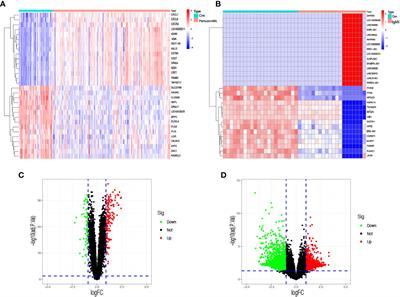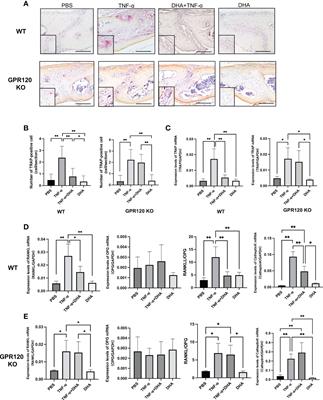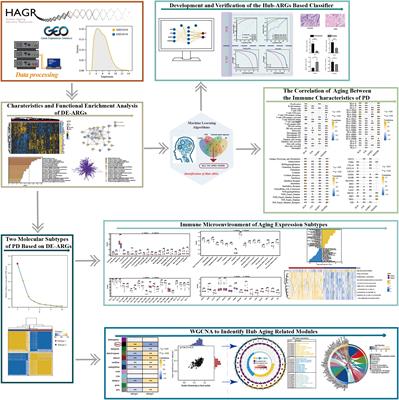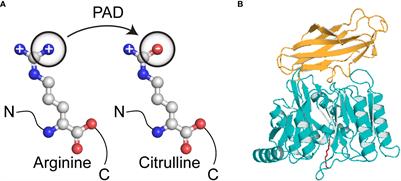EDITORIAL
Published on 13 Mar 2024
Editorial: Immunological processes in maxillofacial bone pathology
doi 10.3389/fimmu.2024.1394835
- 656 views
10k
Total downloads
26k
Total views and downloads
EDITORIAL
Published on 13 Mar 2024
ORIGINAL RESEARCH
Published on 30 Jan 2023

ORIGINAL RESEARCH
Published on 18 Jan 2023

ORIGINAL RESEARCH
Published on 01 Nov 2022

ORIGINAL RESEARCH
Published on 08 Sep 2022

REVIEW
Published on 25 Aug 2022
